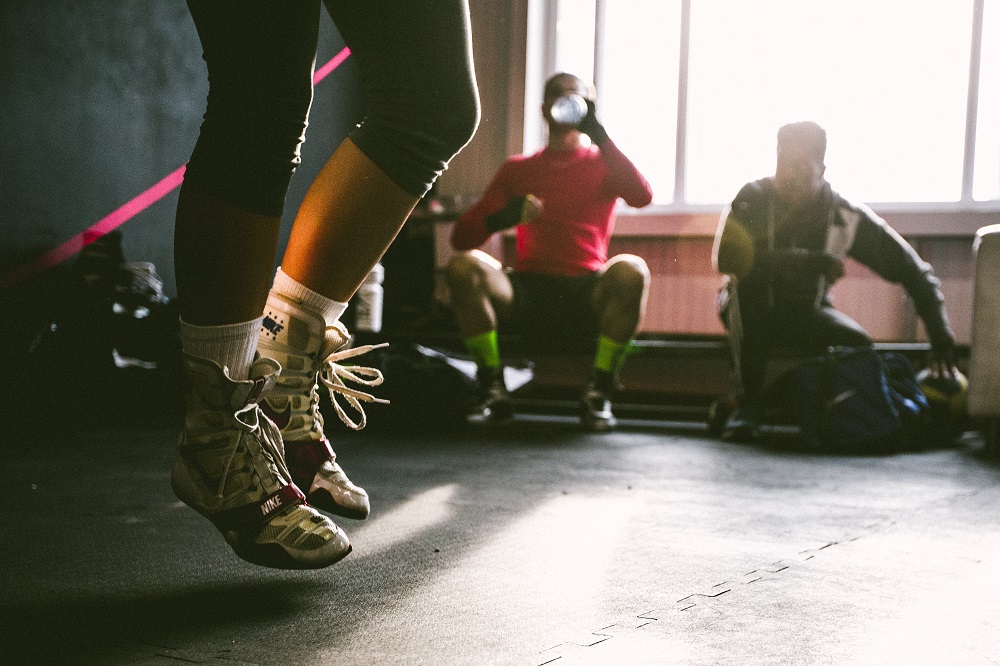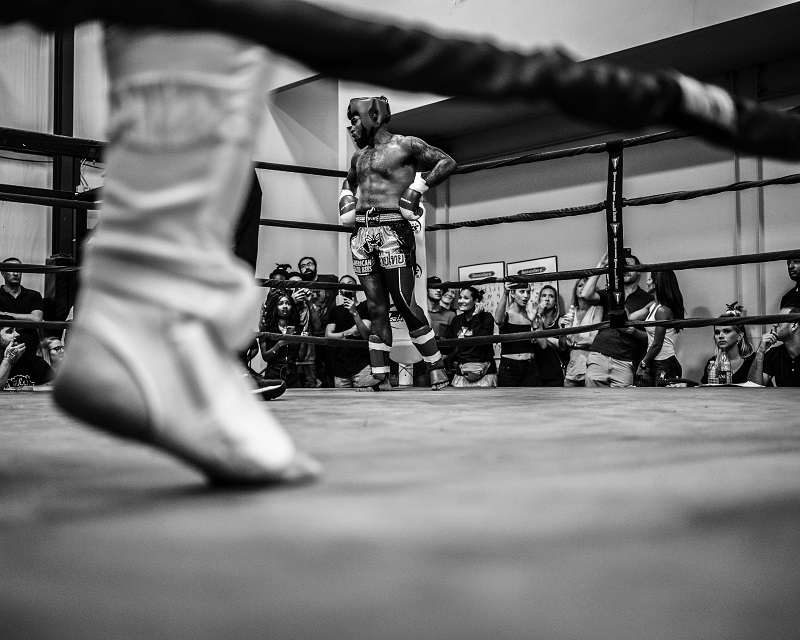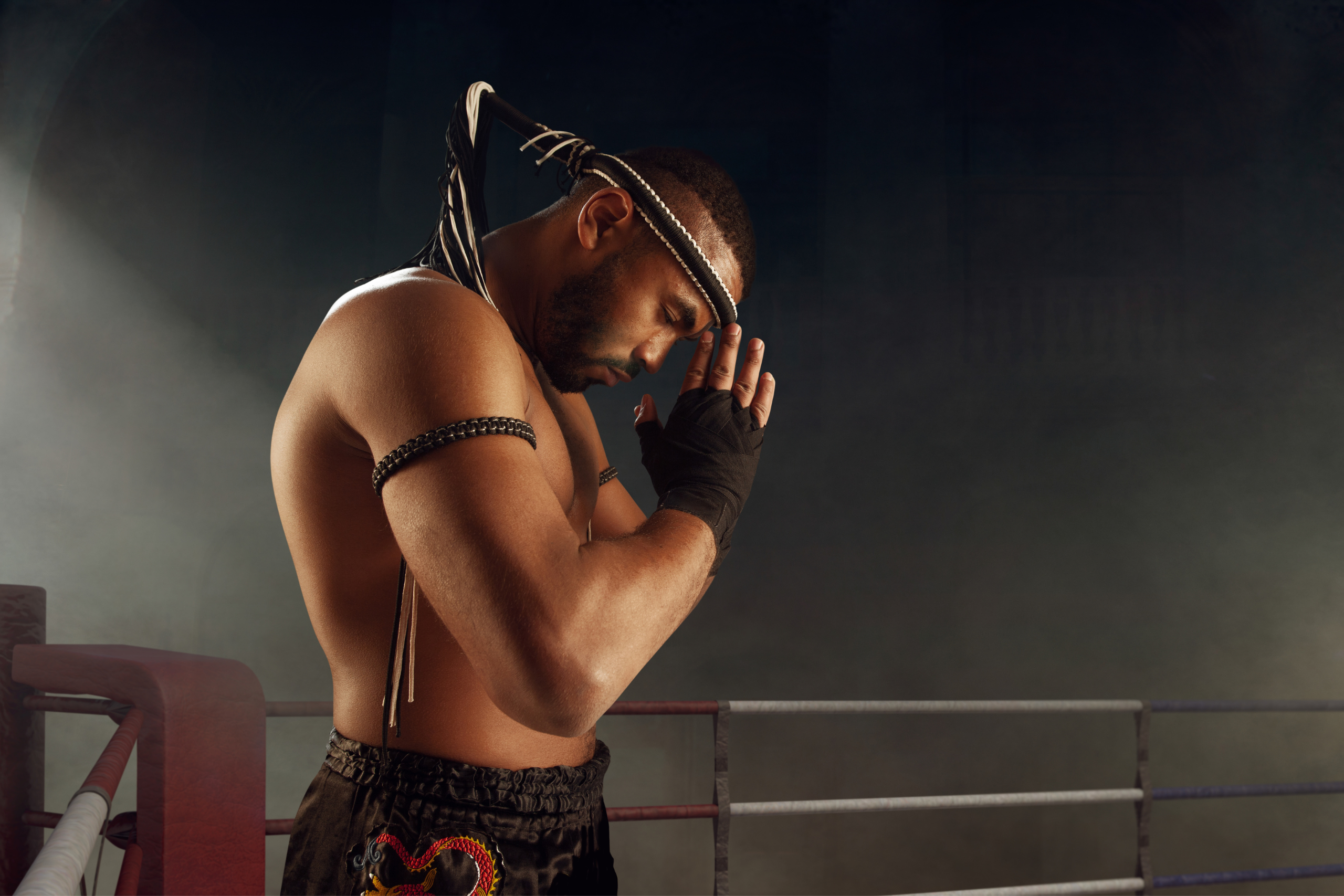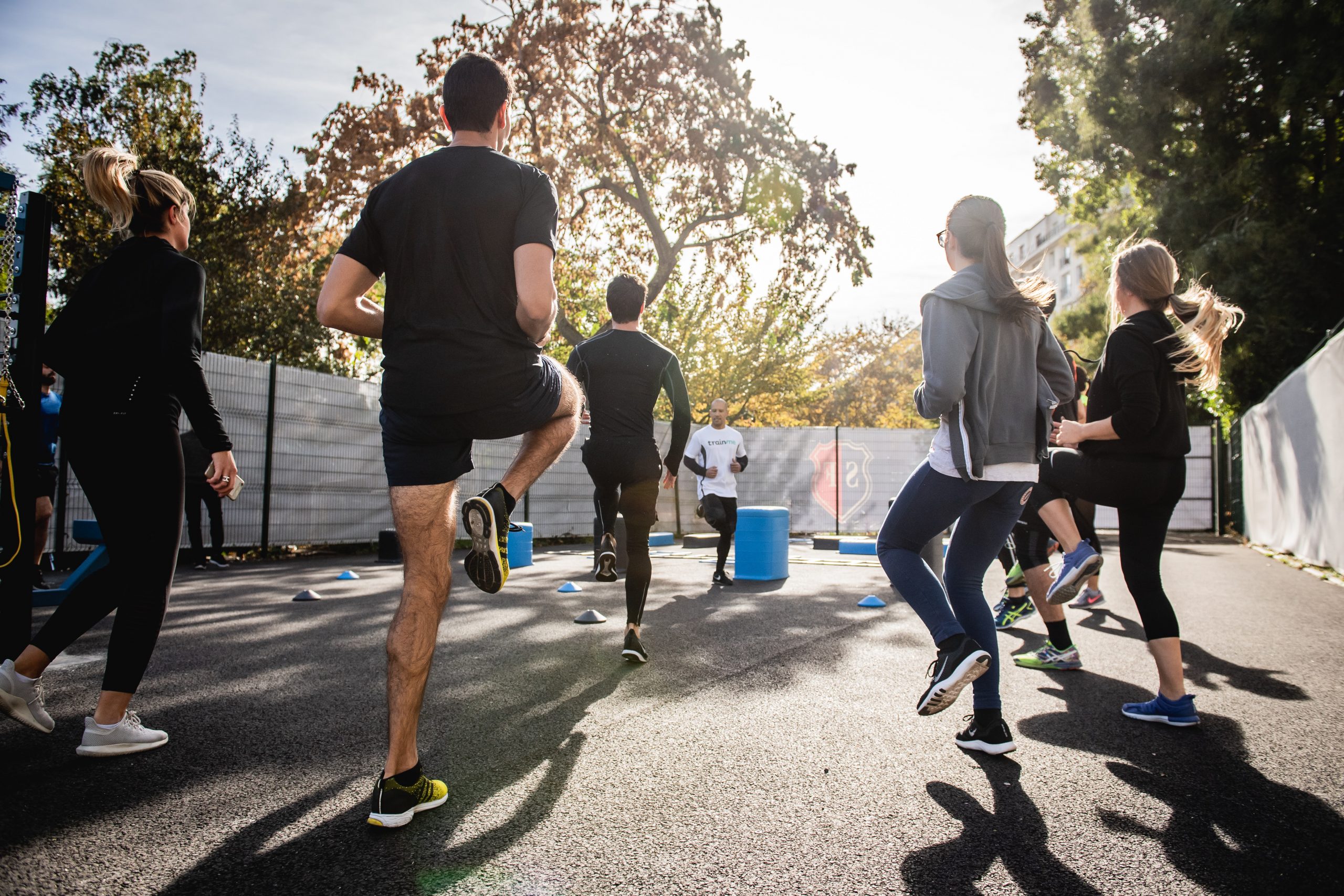The Ultimate Stamina Building Plan for Muay Thai, Boxing, and MMA
Introduction: Are you ready to take your Muay Thai, boxing, or MMA training to the next level? Well, get ready to tap into your inner warrior because we have the ultimate stamina building plan that will skyrocket your performance in the ring. Stamina is the name of the game in combat sports, and by following this plan for just two weeks, you’ll be able to go the distance, deliver powerful strikes, and outlast your opponents. So, let’s dive in and discover the benefits of building stamina and how it can transform your fighting game.
The Game-Changing Benefits of Building Stamina:
- Dominate the Ring: Picture yourself in the ring, going toe-to-toe with an opponent. What sets you apart? Your stamina. When you build your endurance, you can maintain your intensity throughout the fight. You won’t fade away as the rounds progress but instead stay on top of your game, delivering powerful strikes and defending against your opponent’s attacks. Stamina gives you the ability to dictate the pace of the fight and come out as the undisputed champion.
- Unleash Powerful Strikes: Stamina isn’t just about lasting longer; it’s also about generating maximum power in your strikes. As you build your stamina, you’ll notice a remarkable increase in the force behind your punches, kicks, and strikes. Your movements will become more explosive, and your attacks will pack a serious punch. With improved stamina, you’ll have the energy reserves to unleash devastating blows that can turn the tide of any fight.
- Mental Fortitude: Stamina isn’t just a physical attribute; it’s also about developing mental resilience. Pushing your limits and surpassing boundaries during stamina building exercises will toughen your mind. You’ll develop the ability to stay focused, composed, and determined even when faced with grueling training sessions and challenging fights. This mental strength will give you the competitive edge to outsmart your opponents and make split-second decisions under pressure.

The 2-Week Stamina Building Plan:
Week 1: Laying the Foundation – 30 Minutes a Day
During the first week, we’ll focus on building a solid stamina foundation through a combination of cardio and strength exercises. Here’s what your plan will look like:
- High-Intensity Interval Training (HIIT) Cardio: Engage in 30-minute HIIT sessions three times a week. Alternate between short bursts of intense activity, such as sprints or jump rope, followed by brief periods of active recovery.
- Strength and Endurance Circuits: Incorporate body weight exercises like push-ups, squats, lunges, and burpees into circuit training sessions. Perform each exercise for a set amount of time or repetitions, with minimal rest in between. Aim for three sessions per week.
- Active Recovery: Take care of your muscles and prevent injuries by incorporating active recovery sessions. These can include light stretching, yoga, or low-impact activities such as swimming or cycling. Dedicate two days a week to active recovery.
Day 1: Cardio Blast
- Warm up with dynamic stretches for 5 minutes.
- Perform 20 minutes of high-intensity interval training (HIIT) cardio exercises such as jumping jacks, mountain climbers, burpees, or high knees. Alternate between 30 seconds of intense effort and 30 seconds of rest.
- Cool down with 5 minutes of low-intensity cardio, such as brisk walking or jogging.
Day 2: Strength and Endurance Circuit
- Warm up with dynamic stretches for 5 minutes.
- Perform a circuit of bodyweight exercises including push-ups, squats, lunges, planks, and jumping lunges. Aim for 3 sets of 12-15 repetitions for each exercise, with minimal rest between sets.
- Finish with 5 minutes of light cardio to keep the heart rate elevated.
Day 3: Active Recovery
- Engage in a low-impact activity such as swimming, cycling, or yoga for 30 minutes. Focus on gentle movements to aid in recovery and promote blood flow.
Day 4: Interval Training
- Warm up with dynamic stretches for 5 minutes.
- Perform 20 minutes of interval training on a cardio machine of your choice (e.g., treadmill, stationary bike, elliptical). Alternate between 1 minute of moderate intensity and 30 seconds of high intensity.
- Cool down with 5 minutes of low-intensity cardio.
Day 5: Endurance Run/Walk
- Warm up with dynamic stretches for 5 minutes.
- Go for a 30-minute run/walk at a comfortable pace. Gradually increase the intensity as your stamina improves.
- Finish with a 5-minute cool down and gentle stretching.
Week 2: Pushing Your Limits
Now that you’ve built a solid foundation, it’s time to step up your game and challenge your endurance further. Here’s your plan for the second week:
High-Intensity Interval Training (HIIT) Circuits: Increase the intensity of your cardio sessions by incorporating HIIT circuits. Combine explosive exercises like burpees, mountain climbers, and high knees with short rest periods. Aim for four sessions during the week.
Tempo Runs: Incorporate tempo runs into your routine to improve your endurance and maintain a consistent pace. Go for a 30-minute run, focusing on maintaining a challenging yet sustainable speed. This will simulate the intensity of a fight and improve your stamina.
Day 6: HIIT Circuit
- Warm up with dynamic stretches for 5 minutes.
- Perform a circuit of high-intensity exercises such as squat jumps, mountain climbers, kettlebell swings, or box jumps. Perform each exercise for 30 seconds, followed by 15 seconds of rest. Complete 3 rounds of the circuit.
- Cool down with 5 minutes of light cardio.
Day 7: Active Recovery
- Engage in a low-impact activity such as swimming, cycling, or yoga for 30 minutes. Focus on stretching and mobility exercises to promote recovery and prevent muscle tightness.
Day 8: Tempo Run
- Warm up with dynamic stretches for 5 minutes.
- Go for a 30-minute run at a comfortable pace, focusing on maintaining a consistent tempo throughout.
- Finish with a 5-minute cooldown and gentle stretching.
Day 9: Endurance Circuit
- Warm up with dynamic stretches for 5 minutes.
- Perform a circuit of full-body exercises, including jump squats, push-ups, lunges, Russian twists, and bicycle crunches. Aim for 3 sets of 12-15 repetitions with minimal rest between sets.
- Cool down with 5 minutes of light cardio.
Day 10: Interval Training
- Warm up with dynamic stretches for 5 minutes.
- Perform 20 minutes of interval training on a cardio machine of your choice. Alternate between 2 minutes of moderate intensity and 1 minute of high intensity.
- Cool down with 5 minutes of low-intensity cardio.
If you’re serious about excelling in Muay Thai, Boxing, or MMA, investing in your stamina is non-negotiable. With an unwavering commitment to this stamina building plan, you’ll experience an incredible transformation in your performance. Dominate the ring with unmatched endurance, unleash devastating strikes with power and speed, and develop the mental resilience to overcome any challenge. Remember, building stamina is not an overnight process, but with consistency, dedication, and the right mindset, you can unleash your inner warrior and achieve greatness in the world of combat sports. So, lace up your gloves, step into the ring, and let your newfound stamina propel you to victory!

Welcome to BestSports Blog, you’ll find articles on everything from building mental
toughness and developing a winning mindset to training techniques and
strategies to help you succeed in the ring. We also cover topics like
nutrition, recovery, and injury prevention to help you stay in top form.
Follow us for expert insights and practical tips to help you reach your
full potential as a fighter
Other Interesting Articles
- The Ultimate Stamina Building Plan for Muay Thai, Boxing, and MMA
- Mastering the Art of Muay Thai Clinch: A Game-Changer for Boxing, Muay Thai and MMA
- Knock Out Elbow Tendonitis: A Complete Guide to Fast Recovery for Combat Athletes
- Attention Boxing and Muay Thai Fighters!!! Looking to Improve Your Performance in the Ring? Meditate.
Earn Rewards & Save upto $25 on your next order. Sign up here








